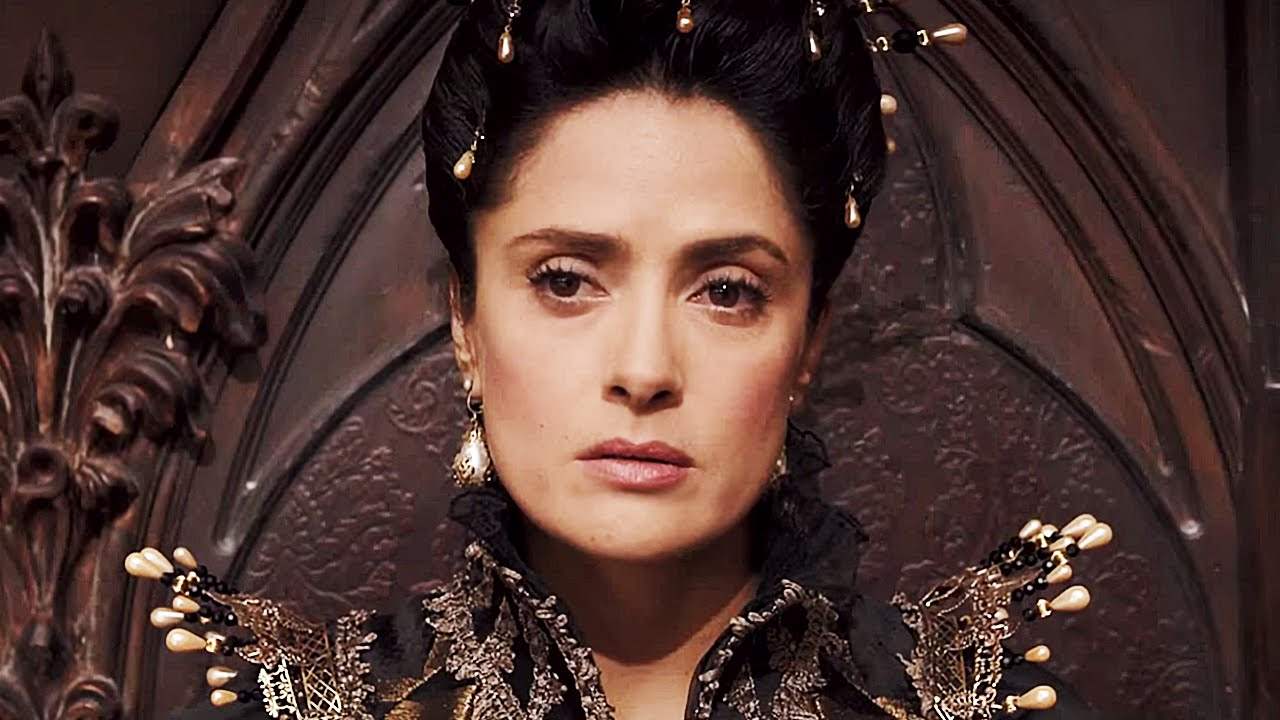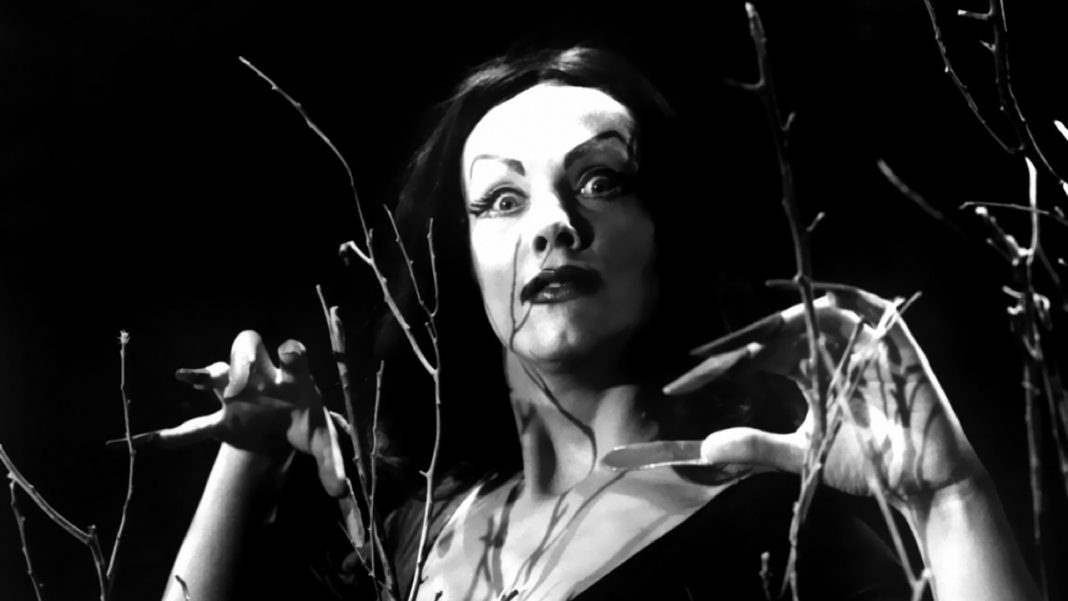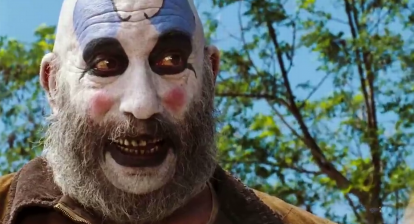Welcome to Back to the ’80s. This recurring feature aims to take a look at the good, the bad, and the ugly from horror’s most beloved decade. Regardless of which category a particular film falls under, this segment will spotlight films that horror fans can appreciate for one reason or another. We will look at how some of these flicks have stood the test of time and others have not aged quite so well. Regardless of what they look like today, these efforts from the 1980s laid the groundwork for the horror genre as we know it today.
Vampire Hunter D is a 1985 science fiction/horror anime. The time frame is 10,000 years ahead in a post-apocalyptic future. Vampires and mutants dominate certain domains and terrorize the remaining humans. In order to survive, humans will hire hunters that target specific supernatural entities. This film is an adaptation of the Vampire Hunter D stories written by Hideyuki Kikuchi. Intended for a mature audience, the animation is innovative for its time. Directed by Toyo Ashida with a dark and atmospheric style, fans of 1980s horror will find an impressive animated feature.
The story begins with the daughter of a deceased werewolf hunter named Doris. While out trying to defend her land, a mutant creature attacks her horse. As Doris fights the creature, she accidentally stumbles upon the property of the current vampire ruler, Count Magnus Lee. The cross normally worn for her protection was torn off in her fight with the mutant. Magnus Lee is now able to freely approach her to take his bite. This bite ensures that Doris will now belong to the count. In order to resist becoming his new vampire bride, Doris seeks to hire a vampire hunter to destroy Magnus Lee. The titular D is the vampire hunter she selects. D is a vampire-human breed with his own mysterious and legendary past.

The setting of the film is in a post-apocalyptic world. Conforming to ideas of a cyclical nature, the characters have resorted back to a sort of Victorian style of dress and driving in horse-drawn carriages. This look is juxtaposed with a formerly modern setting. The stores and hotels still have the neon signs that would have been out of place in a Victorian setting but are reminiscent of where humankind would have been before the nuclear war. The clothes and hairstyles of the characters are a mix of 1980s punk with a Victorian foundation.
The story never becomes lost within the abundance of animated gore. Ashida’s direction maintains an epic landscape with relatable characters. True to 1980’s anime, there is the occasional flash of unnecessary peek-a-boo nudity. Despite this obvious appeal to the straight teenage male, the characterizations of both men and women alike are strong. Doris is a woman determined to defend her land and protect her little brother. Count Magnus Lee’s daughter, Lamika, is rigid in her beliefs. With the exception of her father, Lamika takes second place to no one. Furthermore, the characters also present a sense of mystery and add to previously established mythology. D is unpretentious and easily commands respect. Throughout the film, hints are dropped at his own infamous lineage.
Supporting characters are provided to alleviate the tension. Doris’s spunky brother, Dan, is one such character. In addition, Greco is an antagonizing character whom often finds himself on the short end of the stick. The most interesting secondary character is D’s own left hand. A source of reserve power for D, Left Hand is the vocal foil to D’s usually stoic nature. Always with a running commentary on occurring events, Left Hand provides much of the film’s comic relief.

The feature overall contains many moments of animation impressive for its time. There are a series of mutants that would have worked better had the animators gone for quality over quantity. A scene showing D entering Count Magnus Lee’s castle is an example of substandard illustrations. The idea is that D must fight a large number of mutant creatures in order to project the insurmountable odds of his quest. This is unsuccessful as many of these creatures come out as blob-like and therefore appear incomplete simply because there are too many. Later, there are mutants singled out for combat. These mutants have more detail and thus appear more formidable. There is one specific sword-slicing moment that is outstanding.
This animated film takes on a tone reminiscent of classic horror. The themes are updated to bring something fresh to the genre. The most successful films linking to the genre of science fiction reflect the cultural issues of the time. This is a 1985 film and tackles issues still relevant to today’s audiences. Highlighted themes in the film revolve around classism and bigotry. Greco feels that his position in the town automatically guarantees him a claim upon Doris. As a result of her rejection, he proceeds to reveal her secret. This revelation ostracizes Doris from the community. There is even consideration of putting her in a concentration camp. Lamika also believes that her heritage places everyone around her into a place of subordination. As a result, her ultimate refusal to accept equality leads to her downfall.
Vampire Hunter D cultivates hope from the dystopian future depicted. The film succeeds in its goal to be a visually entertaining film. The anime also touches on thought-provoking issues understandable to contemporary audiences. In addition, there is a clear message of hope for humanity when people can look past their own preconceived notions of others. Fans of 1980s horror will be drawn to the dark atmosphere created by Ashida. Furthermore, there is a strong story littered with gruesome imagery. Appealing characterizations and an interesting style makes this celebrated anime worth a look.






